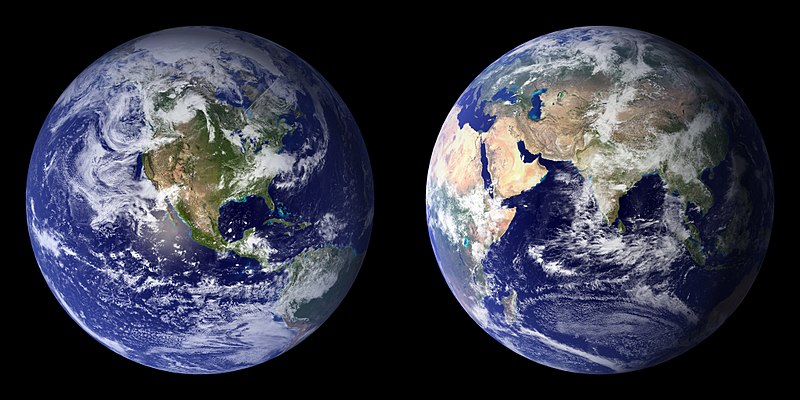 |
| Global environment |
Evolution produced highly ordered biological systems, particularly the human brain. Our incredible self-aware mind is capable of comprehending and understanding the world and itself. The widely accepted evolutionary drive toward increasing complexity is difficult to reconcile with our everyday experience, which suggests that disorder increases in nature. The book "The Science of Consciousness" introduces a cosmological perspective on evolution. After the Big Bang, physical evolution formed the elements, followed by the synthesis of organic molecules, particularly the chemical building blocks of life. Biological evolution unfolds as a stepwise process, divided into distinct periods and eras, each characterized by unique flora and fauna.
Mass extinctions create an evolutionary opening that accelerates genetic innovations. In a fast-changing environment, genes and proteins acquire new functions and find new applications. At the beginning of the evolutionary period, new organisms, bizarre morphologies, unexpected features, and new species appear from almost nowhere in seemingly arbitrary evolutionary jumps. The rapid changes of early evolution give way to stable ecosystems; species form an interconnected and interacting structural web, characterized by predator-prey cycles, symbiosis, and other relationships. The evolutionary period eventually becomes unstable; the environment cannot support the ecosystem, which inevitably moves toward an irreversible, final stage and collapse.
The concept of a multistage evolutionary process is well-supported. Essential pieces of evolutionary innovations appear well ahead of their organizational importance. For example, a substantial part of the molecular architecture necessary for the evolution of the nervous or muscle system evolved in advance. Moreover, mutation frequency is related to population number! When the mutation frequency as a function of the population was examined, the entropy initially decreased during periods with low genetic concentration (an increasing order of genetic innovations). Subsequently, it changes in parallel with the increase in population (an arbitrary spreading of genetic material).
The social aspects of evolutionary change also support the above idea. During the first vibrant, energetic stage of evolution, species from bacteria and fish to humans appear to lean toward generosity, leading to cooperation and altruism. The generosity appears most prevalent when mutations occur at an appreciable rate, which is only true for the first stage of evolution! With the increasing population, the insufficient recycling of nutrients frustrates the population. After a tipping point is reached, generosity disappears. In the third stage of evolution, cheating becomes the only feasible choice. The above findings can arise due to the three-staged evolutionary process introduced earlier. The latest computer modeling of evolution overwhelmingly shows that niches vacated by mass extinctions are quickly filled by newly emerging species. The conclusion is that repeated extinctions actually enhance the evolutionary fitness of surviving species, accelerating evolutionary change.
The evolutionary process is described here for animal systems, but the same should hold for all eukaryotes. Today, many species of wild animals are perfectly adapted to their living environments. As a result, they have small genetic diversity, making survival difficult or impossible during large environmental changes. Thus, their survival is easily threatened by global warming and environmental degradation. This understanding underlines our responsibility toward the environment and its inhabitants.
|
No comments:
Post a Comment